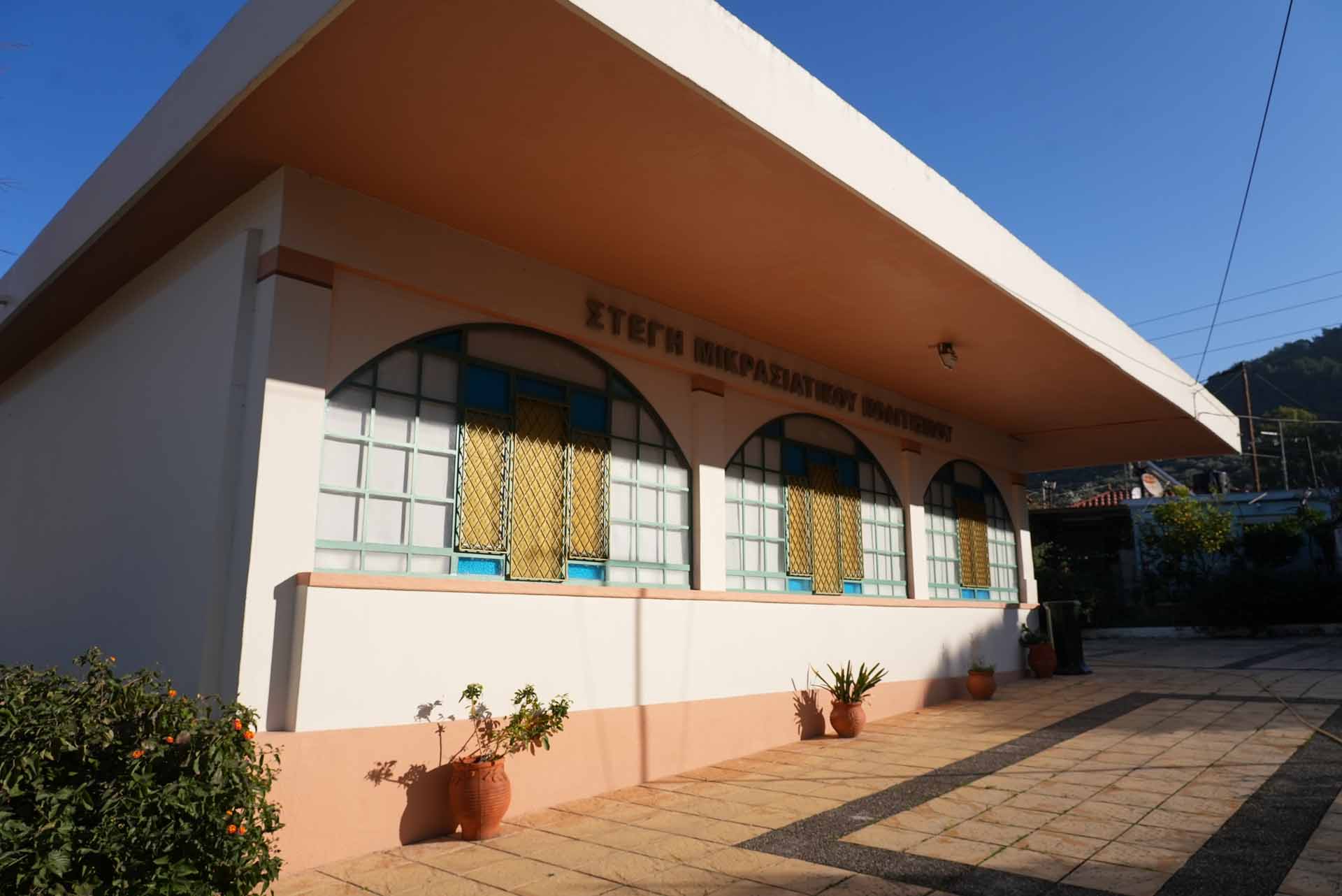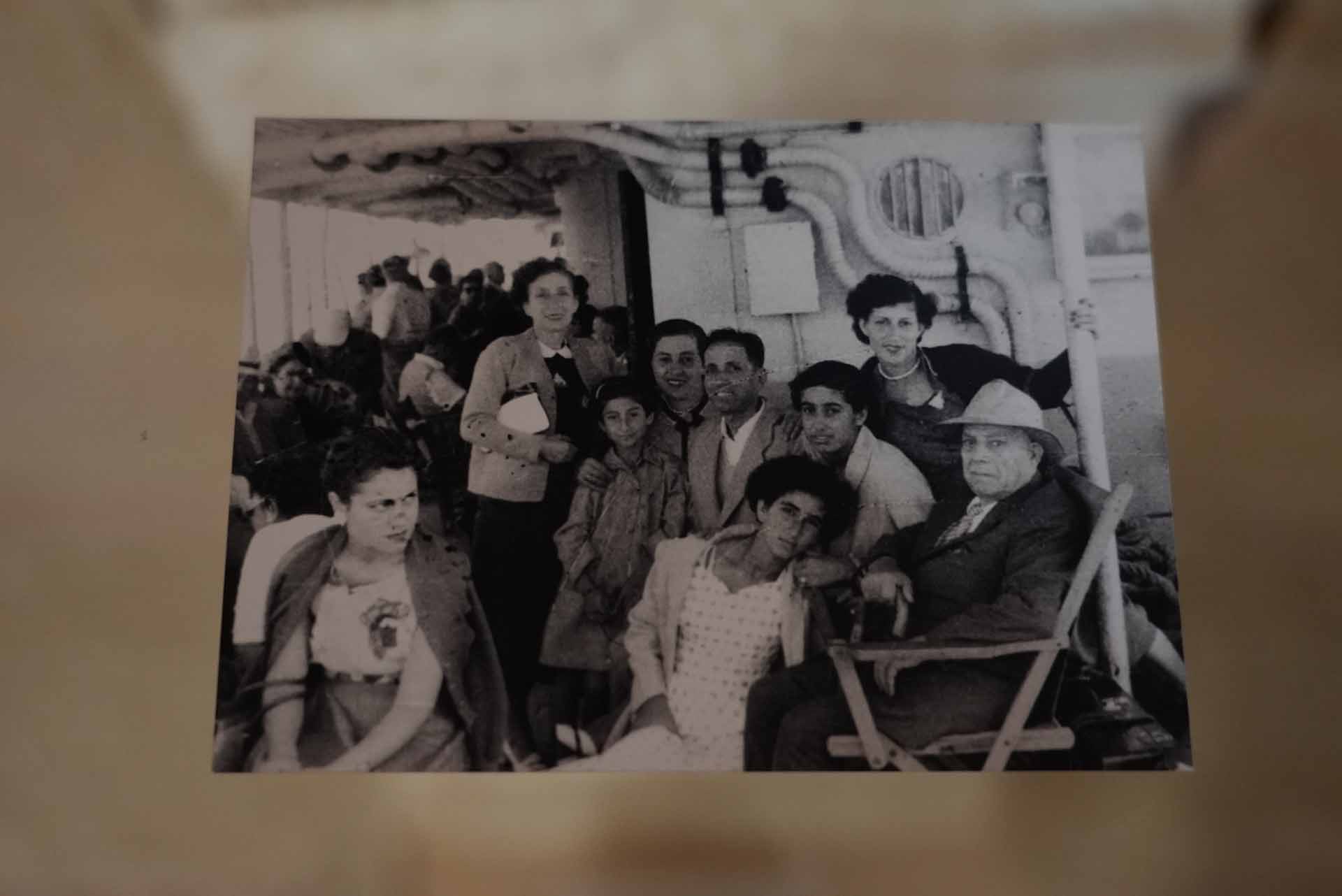The tradition of ouzo production on Lesvos flourished during the 19th century, driven by the island’s economic development as the port of the capital, Mytilini, served as a trading hub between East and West. By 1880, 13 distilleries operated on the island. Refugees from Asia Minor, arriving after the 1922 destruction of Smyrna, enriched the local knowledge of distillation, solidifying ouzo as a distinctive product of Lesvos. One notable producer was Panagiotis Poulos from Smyrna, who settled permanently on the island with his family in 1922. By 1928, he and his son Thanos established the distillery that produced “Ouzo Poulos”, along with retsina and liqueurs. Thanos later became a founding member and president of the Mytilini Association of Distillers and Winemakers.
Plomari, in particular, is inseparably linked to ouzo production. As the island’s second-largest trading hub in the 19th century, it boasted an active export scene from its port. Local families have preserved traditional distillation techniques, using high-quality ingredients to create their ouzo.
Today, 15 distilleries operate across Lesvos, producing approximately 40 brands, accounting for a significant share of Greece’s ouzo production. Since 2008, Mytilini Ouzo and Plomari Ouzo have been officially recognised as Protected Geographical Indication (PGI) products.












